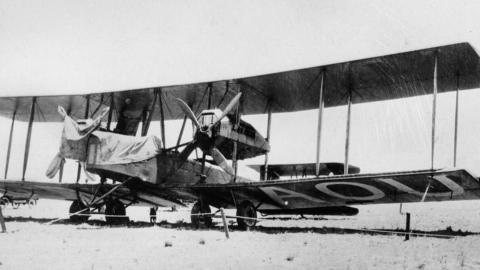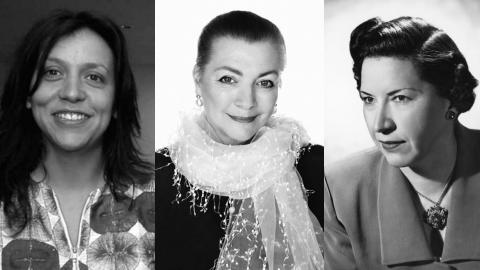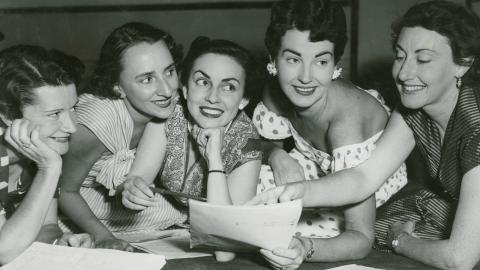
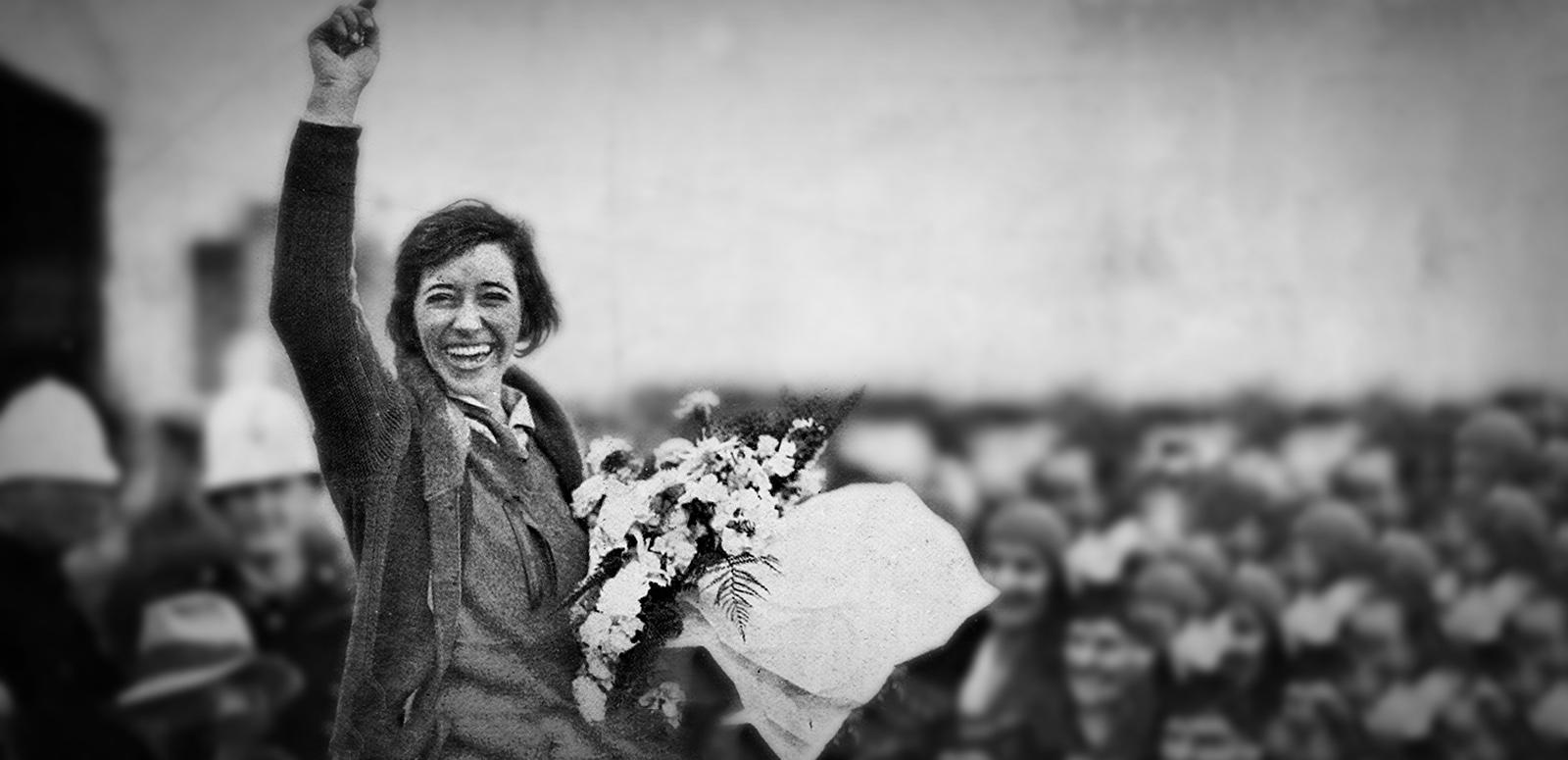
Amy Johnson
Amy Johnson, Aviator
As the first woman to fly solo from England to Australia, Amy Johnson’s daring exploits laid the foundation for Australia’s female pilots in the 1930s and propelled ‘Johnnie, Our Aeroplane Girl’ to instant stardom.
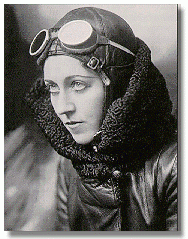
Amy was born in England in 1903 and grew up in Hull. She later attended the University of Sheffield - where female students were rare - graduating with an economics degree in 1925.
A broken romance led Amy to pursue a new life in London working as a typist. However, the spirited Amy would not be content with the grind of a nine-to-five desk job for very long.
Amy’s fascination with flying and mechanics began after taking a bus ride, on a whim, to the Stag Aerodrome in North London, where she would watch planes taking off and landing.
In September 1928 Amy began flying lessons at the London Aeroplane Club and the following year she earned her pilot's licence and became the first British woman to gain a ground engineer's licence. Soon after, she quit her secretarial job and worked full-time as a mechanic at the aerodrome.
No one had faith in me except myself. And who could blame them. I knew somehow that I could do it. And it was up to me to prove it.
A record-breaking journey
Wasting no time in taking her aviation career to new heights, in 1929 Amy announced her plans to become the first woman to fly solo from England to Australia. All she needed was a plane.
With the help of her father and Charles Wakefield (Lord Mayor of London and founder of Castrol Oils), Amy purchased a second-hand single engine de Havilland Moth aircraft, which she named Jason.
After precise planning of her route and refuelling stops, Amy made a low-key departure from Croydon, England on 5 May 1930. She flew roughly 18,000 km with no radio for 20 days, across land and sea with only a compass and wristwatch to guide her.
On 24 May 1930, Amy Johnson arrived in Brisbane, via Darwin, on the final leg of her solo flight. Thousands of well-wishers turned out to greet her, as seen in this silent newsreel footage from Kinetone Productions.
Amy Johnson arrives in Brisbane on the final leg of her solo flight from England in 1930.
NFSA title: 99625
Upon her arrival in Queensland, Amy addressed the nation in a radio broadcast, saying 'Hello, Australia. I am very tired and I'm going to bed. I hope to see you in a few days.'
Amy also recorded a memoir of her trip and her arrival in Australia; the following is an excerpt from The Story of My Flight in which she recalls a dust storm in Baghdad, trouble in Rangoon and the welcoming crowds who greeted her in Australia.
Australia embraces 'our Johnnie'
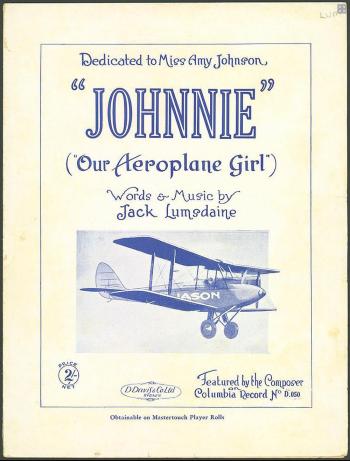
From the moment she touched down, Australia immediately embraced Amy. She became an overnight celebrity following her ground-breaking flight with thousands of people showing up to her official engagements across the country, while cities and towns campaigned for her to pay them a visit during her tour.
And the feeling was mutual. She was quoted in the Adelaide Observer on 3 July 1930 describing her reception by the enthusiastic Australian crowds:
'How vastly different are the conditions in Australia from what I had pictured them! The Australians have swept me off my feet...'
The period following the First World War was an exciting era for aeronautics. Aviators were the rock stars of their time and their exploits were often the subject of popular songs. Amy was no exception, her journey to Australia inspired many songs by famous writers of the time, including Jack O'Hagan and Jack Lumsdaine.
Johnnie, Our Aeroplane Girl
Words and music by Jack Lumsdaine, 1930. Performed by Jack Lumsdaine.
A Lone Girl Flier
Words and music by Jack O'Hagan 1930. Performed by Bob Molyneux.
Just Plain Johnnie
Words and music by Jack O'Hagan 1930. Performed by Bob Molyneux.
Amy's legacy
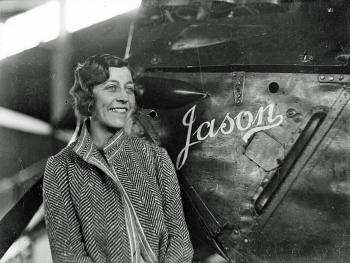
As Amy's flying career soared throughout the 1930s, records continued to tumble - including speed records to Moscow, Tokyo and Cape Town, the latter previously held by her husband, Scottish pilot Jim Mollison, whom she married in 1932.
At a time when female aviation was largely the domain of the wealthy and titled, not only did Amy break many flight records during her career, she also smashed some long-held stereotypes and forged a path for many young women who followed.
Australian women, in particular, were spurred on by Amy’s accomplishments, putting pressure on flight clubs to permit them as members. Many went on to become commercial pilots during the 1930s and 1940s.
In 1940 Amy joined the war effort, working for the Air Transport Auxiliary delivering aircraft to military bases.
Tragically, her life was cut short on 5 January 1941 while on a mission to Oxfordshire.
The exact circumstances are unknown, but it was reported that her aircraft strayed off course and she was last seen parachuting from her plane into the freezing waters of the Thames estuary. Sadly, rescue efforts failed and her body was never recovered.
'Johnnie' will forever be remembered as a role model and pioneer who broke the glass ceiling for future generations of female aviators.
Main image: courtesy of National Library of Australia
The National Film and Sound Archive of Australia acknowledges Australia’s Aboriginal and Torres Strait Islander peoples as the Traditional Custodians of the land on which we work and live and gives respect to their Elders both past and present.
